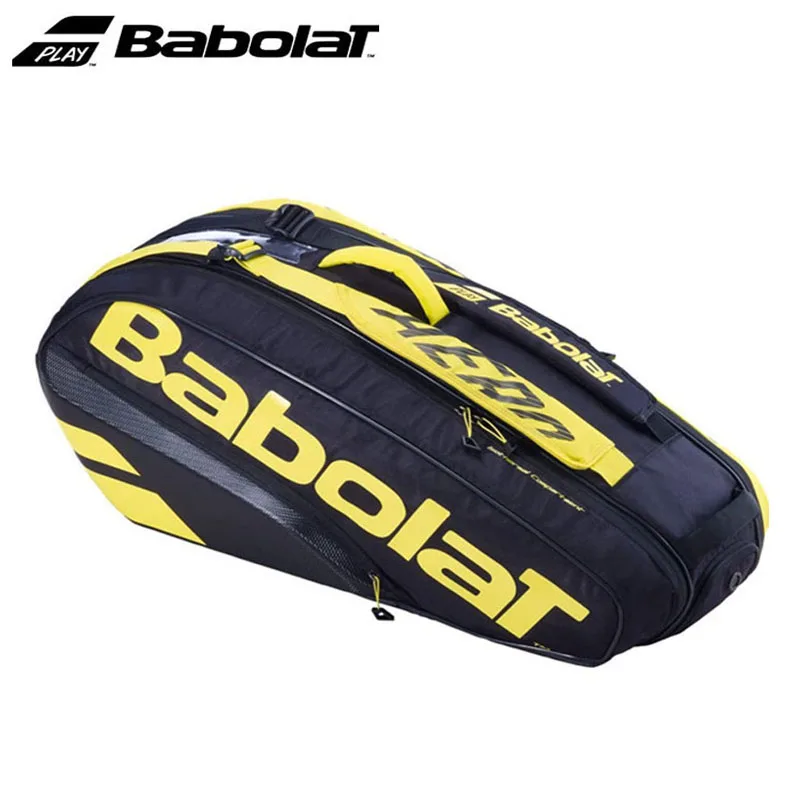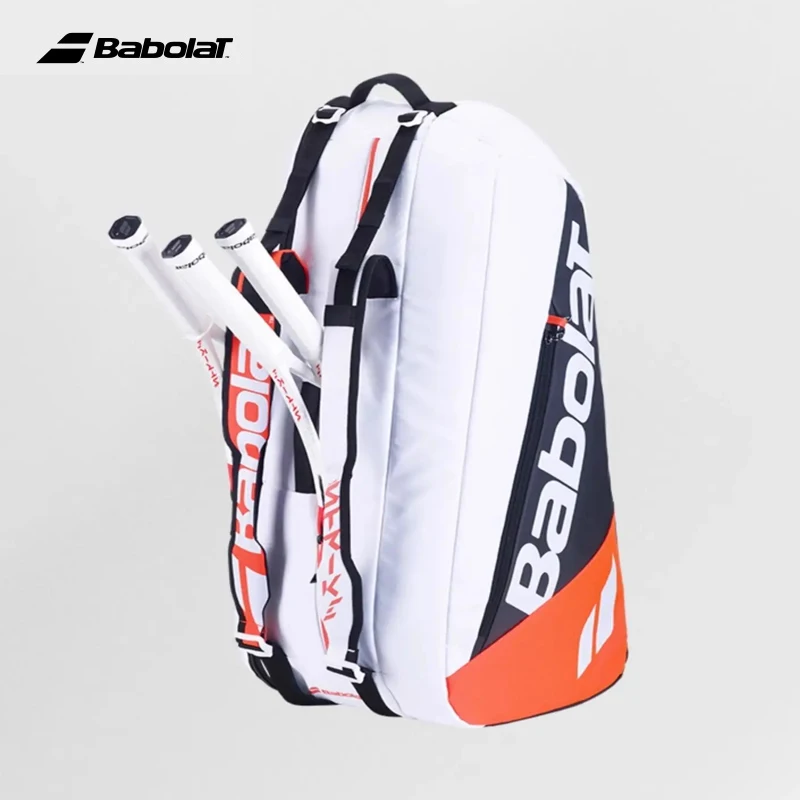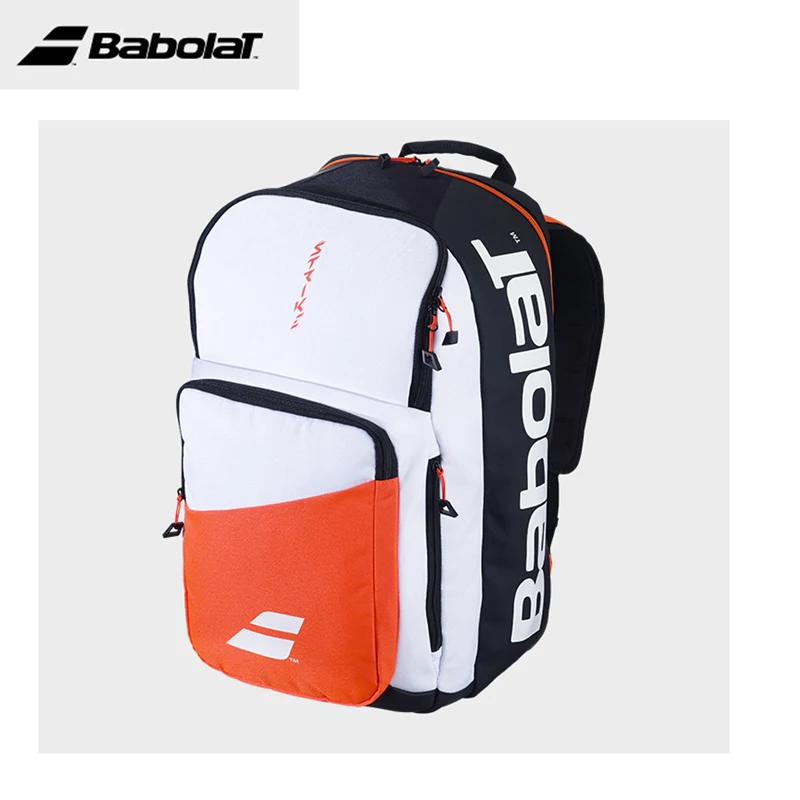How does friction affect rock climbing?
Friction plays a crucial role in rock climbing, enabling climbers to ascend vertical surfaces with control and safety. It is the force that opposes the movement of one surface against another and helps climbers maintain their grip on the rock.
Specifically, climbers rely on two types of friction: static friction and dynamic friction. Static friction comes into play when the climber is stationary on the rock, preventing them from sliding down. When the climber moves, dynamic friction takes over, allowing them to maintain their hold while climbing.
The amount of friction generated depends on various factors, such as:
- Surface roughness: Rougher surfaces provide more friction than smooth surfaces.
- Contact area: A larger contact area between the climber's hands or feet and the rock enhances friction.
- Normal force: The downward force applied by the climber increases friction.
- Material properties: The climber's shoes, the type of rock surface, and the presence of moisture or chalk can influence friction.
Understanding friction is essential for climbers to develop proper technique, select appropriate gear, and climb safely. By maximizing friction, climbers can improve their stability, reduce the risk of slipping, and ascend more challenging routes.
Related Questions and Answers
- What is the difference between static and dynamic friction in rock climbing?
- Static friction prevents the climber from sliding when stationary, while dynamic friction allows for controlled movement.
- How does surface roughness affect friction in rock climbing?
- Rougher surfaces enhance friction, providing better grip.
- Why is it important for climbers to understand friction?
- Comprehending friction helps climbers develop proper technique and climb safely.
- What factors can influence the amount of friction generated in rock climbing?
- Surface roughness, contact area, normal force, and material properties all impact friction.
- How can climbers maximize friction while climbing?
- Using textured shoes, maintaining a large contact area, applying downward force, and using chalk can enhance friction.
Hot Sale Items
- Black Diamond Momentum Climbing Shoes
- Petzl Grigri Belay Device
- Sterling Rope Evolution 9.5mm Dry Climbing Rope
- Metolius Rock Rings Training Device
- Edelrid Ohm 9.5mm Climbing Rope
Pre:Who drills and installs the bolts that climbers use on the side of mountains How do they get up there safely
Next:Where is the best place to go rock climbing in the winter in California



















